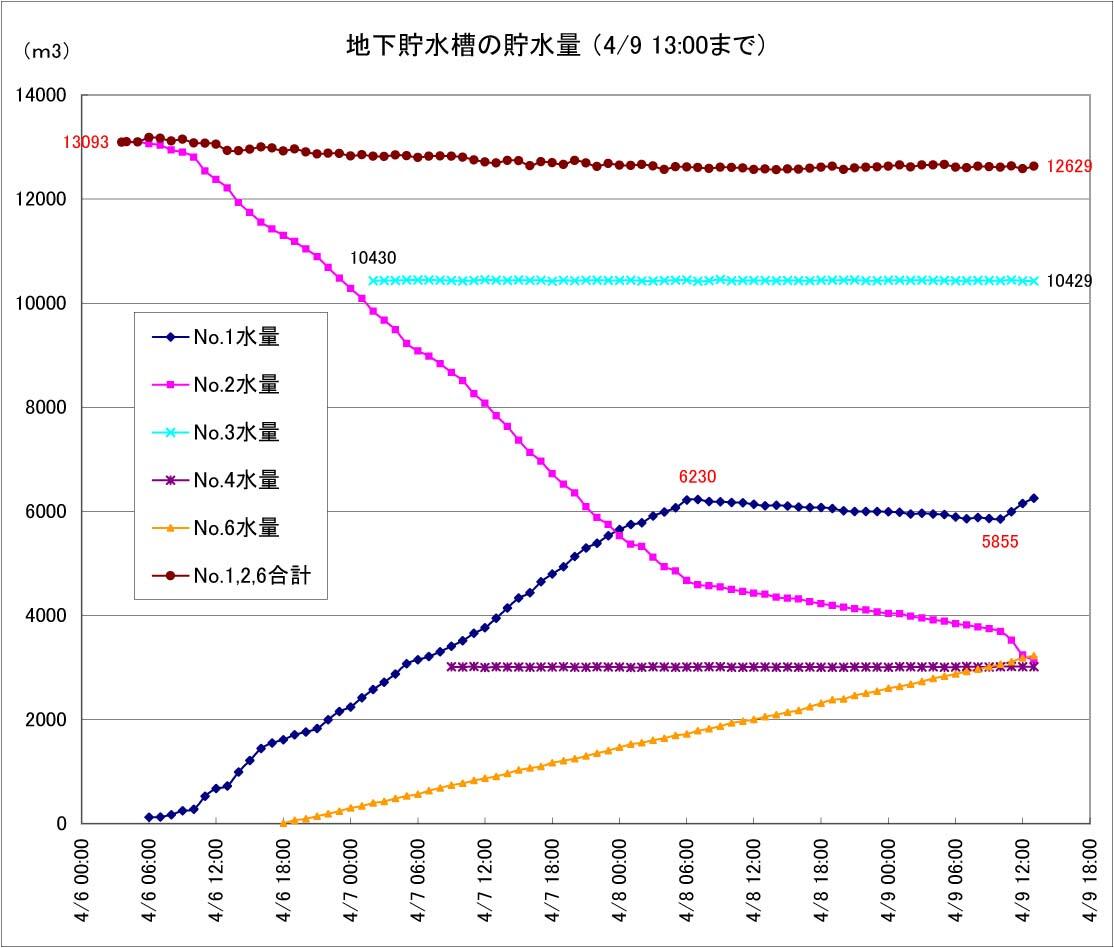From New York Times (4/8/2013), right after the Nuclear Regulatory Commission effectively shelved the idea of filtered vent:
Ex-Regulator Says Reactors Are Flawed
WASHINGTON — All 104 nuclear power reactors now in operation in the United States have a safety problem that cannot be fixed and they should be replaced with newer technology, the former chairman of the Nuclear Regulatory Commission said on Monday. Shutting them all down at once is not practical, he said, but he supports phasing them out rather than trying to extend their lives.
The position of the former chairman, Gregory B. Jaczko, is not unusual in that various anti-nuclear groups take the same stance. But it is highly unusual for a former head of the nuclear commission to so bluntly criticize an industry whose safety he was previously in charge of ensuring.
Asked why he did not make these points when he was chairman, Dr. Jaczko said in an interview after his remarks, “I didn’t really come to it until recently.”
“I was just thinking about the issues more, and watching as the industry and the regulators and the whole nuclear safety community continues to try to figure out how to address these very, very difficult problems,” which were made more evident by the 2011 Fukushima nuclear accident in Japan, he said. “Continuing to put Band-Aid on Band-Aid is not going to fix the problem.”
Dr. Jaczko made his remarks at the Carnegie International Nuclear Policy Conference in Washington in a session about the Fukushima accident. Dr. Jaczko said that many American reactors that had received permission from the nuclear commission to operate for 20 years beyond their initial 40-year licenses probably would not last that long. He also rejected as unfeasible changes proposed by the commission that would allow reactor owners to apply for a second 20-year extension, meaning that some reactors would run for a total of 80 years.
Dr. Jaczko cited a well-known characteristic of nuclear reactor fuel to continue to generate copious amounts of heat after a chain reaction is shut down. That “decay heat” is what led to the Fukushima meltdowns. The solution, he said, was probably smaller reactors in which the heat could not push the temperature to the fuel’s melting point.
The nuclear industry disagreed with Dr. Jaczko’s assessment. “U.S. nuclear energy facilities are operating safely,” said Marvin S. Fertel, the president and chief executive of the Nuclear Energy Institute, the industry’s trade association. “That was the case prior to Greg Jaczko’s tenure as Nuclear Regulatory Commission chairman. It was the case during his tenure as N.R.C. chairman, as acknowledged by the N.R.C.’s special Fukushima response task force and evidenced by a multitude of safety and performance indicators. It is still the case today.”
Dr. Jaczko resigned as chairman last summer after months of conflict with his four colleagues on the commission. He often voted in the minority on various safety questions, advocated more vigorous safety improvements, and was regarded with deep suspicion by the nuclear industry. A former aide to the Senate majority leader, Harry Reid of Nevada, he was appointed at Mr. Reid’s instigation and was instrumental in slowing progress on a proposed nuclear waste dump at Yucca Mountain, about 100 miles from Las Vegas.
Dr. Jaczko visited Fukushima last summer. Maybe it was that visit that influenced him. If you haven't seen the NHK documentary of that visit, see my post from December 30, 2012. In the documentary, he seemed to be genuinely touched by the devastation in Namie-machi, and by the people's lives destroyed by the nuclear accident.












 Tokyo Time
Tokyo Time
![[Most Recent Quotes from www.kitco.com]](http://www.kitconet.com/charts/metals/gold/t24_au_en_usoz_2.gif)

